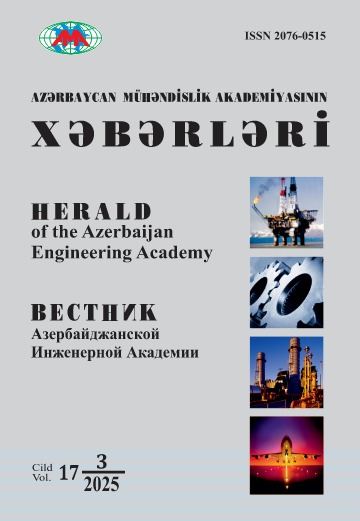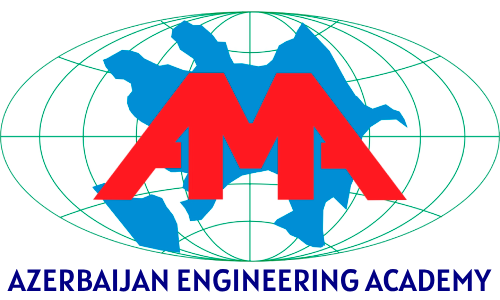Theoretical Hydrodynamic Problems of Developing Circular Field of Viscous-Plastic Oil with Circular Rows of Exploitation Wells
DOI:
https://doi.org/10.52171/2076-0515_2023_15_04_40_46Keywords:
circular field, viscoelastic oil, circular row of wells, central well, hot waterAbstract
In the article, the theoretical hydrodynamic issues of working a circular viscous-plastic oil field with a row of peripheral production wells and one central well are solved. Two issues were considered; In case I, a circular bed is developed by means of a circular row of wells and a central well. In case II, the same deposit is worked through a row of two circular wells and one central well. In both cases, the geologicalphysical properties of the deposits are the same; all wells have the same radius, the distances between neighboring wells in each row are the same. All the wells are hydrodynamically completed according to the degree of opening of the layer and the nature of the opening. When solving both issues, based on the method of electro-hydrodynamic analogy of percolation theory, using hydrodynamic and electrical schemes, Kirchhoff's law and the method of equivalent hydraulic resistances, a system of equations was drawn up: the daily oil production of rows of peripheral wells and the oil flow formulas of the central well were derived. In both cases, the dates for the full development of the field have been set. To shorten this period as much as possible, it is suggested to affect the layer with heat, i.e., to inject heated water vapor or hot water into the layer.
Downloads
Published
How to Cite
Issue
Section
License

This work is licensed under a Creative Commons Attribution-NonCommercial 4.0 International License.



